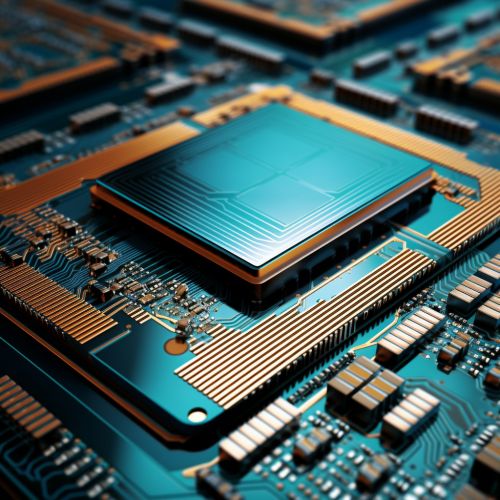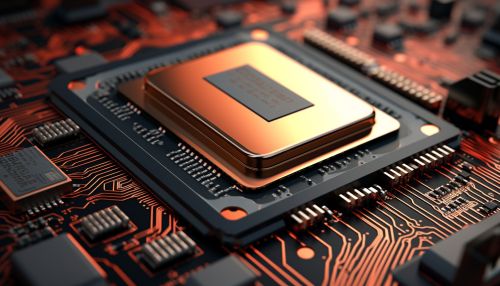Caching
Introduction
Caching is a technique used in computing to store copies of data in high-speed access areas, allowing future requests for that data to be served faster. The data stored in a cache might be the result of an earlier computation or a copy of data stored elsewhere. The primary goal of caching is to increase data retrieval performance by reducing the need to access the underlying slower storage layer. Trading off capacity for speed, a cache typically stores a subset of data transiently, in contrast to databases whose data is usually complete and durable.
Cache Basics
A cache's primary purpose is to increase data retrieval performance by reducing the need to access the underlying slower storage layer. This is accomplished by storing data in fast access hardware such as RAM or solid-state drives (SSDs). When a piece of data is requested, the system first checks if it is in the cache. If the data is found, this is known as a cache hit. If the data is not found in the cache, it is a cache miss, and the data must be fetched from the slower storage layer and added to the cache.


Types of Caches
There are several types of caches, each serving a specific purpose and used in different areas of the computing environment. Some of the most common types include:
Memory Cache
Memory cache is a portion of the high-speed static RAM that a computer reserves to speed up access to data by storing frequently used or recently used data. Memory cache is effective because most programs access the same data or instructions over and over. By keeping as much of this information as possible in SRAM, the computer avoids accessing the slower DRAM.
Disk Cache
Disk cache, also known as disk buffering, is a cache memory that stores frequently used data and instructions to speed up the process of reading from and writing to the disk. Disk cache can be a specified portion of main memory or an independent high-speed storage device.
Web Cache
A web cache is a mechanism for the temporary storage (caching) of web documents, such as HTML pages and images, to reduce bandwidth usage, server load, and perceived lag. A web cache stores copies of documents passing through it; subsequent requests may be satisfied from the cache if certain conditions are met.
Database Cache
Database caching can dramatically improve the performance of database applications by storing frequently accessed data in memory. This reduces the need for database queries, which can be time-consuming and resource-intensive.
Browser Cache
A browser cache is a type of cache used by web browsers to store web page resources on a computer's hard drive. When a user visits a webpage, the data files (like HTML, CSS, and images) are stored by the browser. When the user visits the same page again, the browser loads the page from the cache, making the process faster.
Cache Policies
Cache policies, also known as cache algorithms, determine what data should be kept in the cache and what should be discarded. These policies aim to manage the cache to maximize its efficiency while minimizing cache misses. Some common cache policies include:
Least Recently Used (LRU)
The LRU policy discards the least recently used items first. This algorithm requires keeping track of what was used when, which is expensive if one wants to make sure the algorithm always discards the least recently used item.
Most Recently Used (MRU)
The MRU policy discards, in contrast to LRU, the most recently used items first. In findings presented at the 11th VLDB conference, it was shown that "for page accesses satisfying the stack property, MRU is the best replacement algorithm".
First In, First Out (FIFO)
The FIFO policy, also known as the first-come, first-served algorithm, is easy to understand and implement. The idea is to treat the cache as a circular buffer, and on a cache miss, the data that has been in the cache the longest is discarded.
Least Frequently Used (LFU)
The LFU policy counts how often an item is needed. Those that are used least often are discarded first. This algorithm requires keeping "counter" information for every block that is loaded into the cache, and can also suffer from the situation where a block is used intensively, then never used again.
Conclusion
Caching is a critical aspect of computer systems, designed to reduce the time it takes to access data from the main memory. By storing frequently accessed data in a cache, systems can significantly improve their performance and efficiency. While there are many types of caches and cache policies, the primary goal remains the same: to speed up data access and improve system performance.
